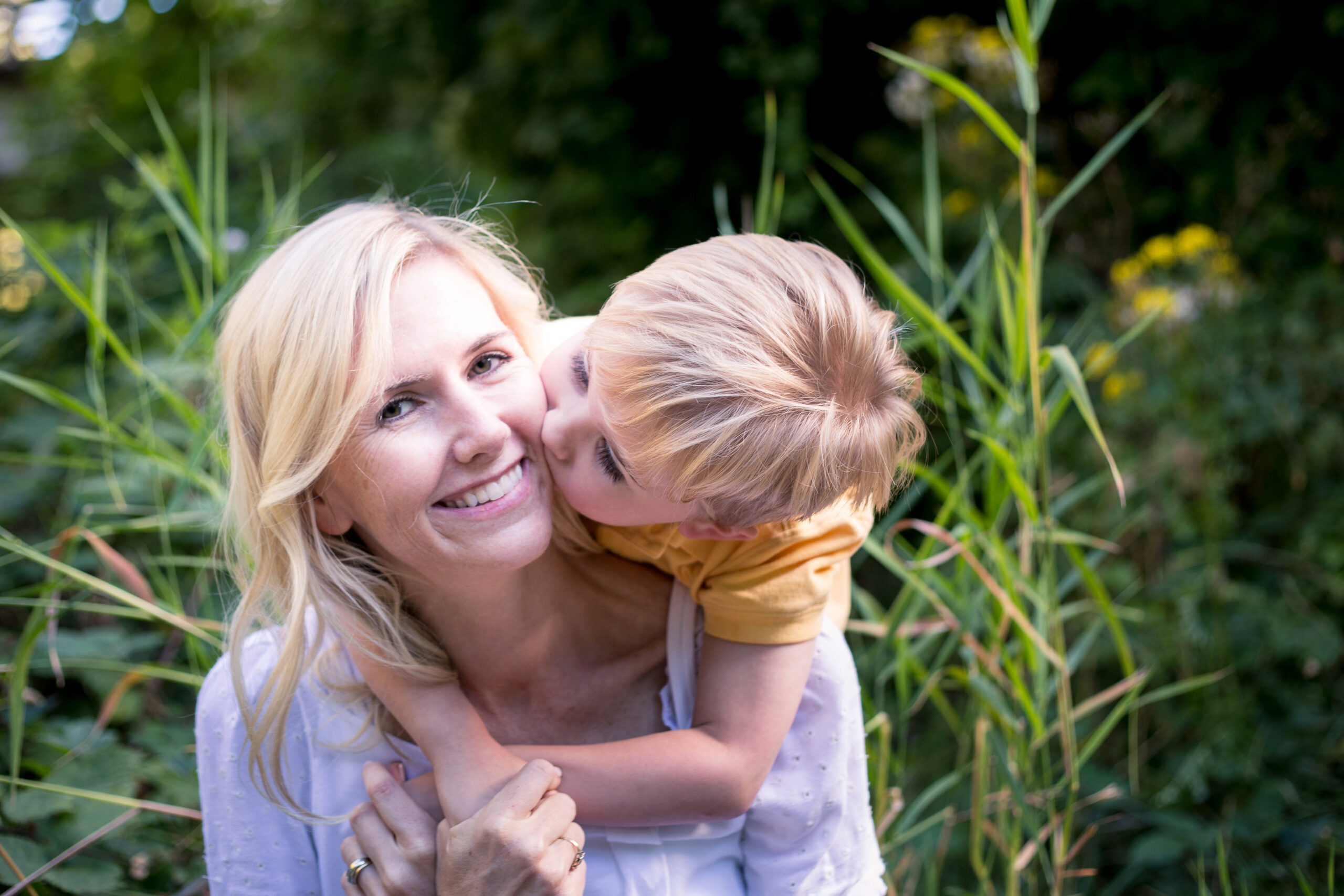I was 18-months-old when I had my first seizure. It was during a very high fever, so considered a febrile seizure, but it was a seizure nonetheless. My father was a doctor who had been a front line medic in World World II, but, the story goes, he completely lost his cool when I had my seizure, told my mother to run to the liquor cabinet and get the brandy, which he proceeded to then pour all over my small, hot, jerking body. “To bring the fever down quickly,” he said to my mother, and they rushed to the ER, me wrapped in a light blanket, wearing only a diaper, and smelling like alcohol.
Growing up, I had seizures infrequently. I was able to drive, I played sports, I stayed up late at concerts with my friends, traveled. I found my medication a nuisance not a necessity, and tried to avoid taking it in a way that anyone would notice. I never thought about my epilepsy. I was too busy being a kid, then being a teenager, and dealing with the worries that come with being a kid and then a teenager; worries that didn’t include a chronic condition.
When I went to college my seizures came back. My first seizure at college happened when I had been there about 10 days. One second I was talking with a group of girls about going to get something to eat, the next second an EMT was kneeling over me, asking me to say my name and who the president of the United States was. And I couldn’t answer him. I wanted to talk, but I couldn’t. He helped me up, and we walked down the hall to my room. I fell into bed and slept for the rest of the day. After that, my world changed. Words that had never been a part of my life before became familiar terms: “Triggers” “Levels” “Side effects.” For the next 20 years, these words would become a more and more frequent part of my vocabulary, as epilepsy crept deeper and deeper into my life.
In 2017, I went to the Cleveland Clinic to be evaluated as a possible candidate for surgery. I was away from my family for 5 weeks, going through tests, having seizures, not having seizures, having holes poked in my head as they did SEEG monitoring, being stimulated so that they could find the areas of my brain that controlled speech, movement, reading, memory. The result? I have one of the most difficult brains that the doctors at the Cleveland Clinic have ever seen. My seizures originate from 3 places, they told me at the end of the evaluation, and they thought they knew which one was the “pacemaker.” They hoped it was the pacemaker because the other two places controlled speech and movement, so they were in inoperable areas. But, I was a candidate for a left frontal lobe laser ablation. If they were right, they said, if they were right, I could be seizure-free.
I had the laser ablation in May 2017. It did not make me seizure-free. It changed my seizures, made them less severe, but they are not gone. I still have complex-partial seizures 2-5 times a month. But, I don’t regret the surgery; I don’t regret my time in Cleveland. My neurologist there is a fantastic man who has been working diligently with me to find a solution to my seizures, and I think that one day we will.
This is not a sad ending; indeed, it isn’t an ending at all. Science isn’t stopping. There are so many devices that are coming out every year, so many new surgical techniques, so many new medications that are being approved and created, I believe that at some point in my life, something will come along and that it will help me. I look at how far the medical community has come since that night in 1981 when my father rubbed me with brandy before shooting off to the ER, and I have hope. There are people out there right now working towards a common goal – to stop seizures – and one day someone will find an answer.


